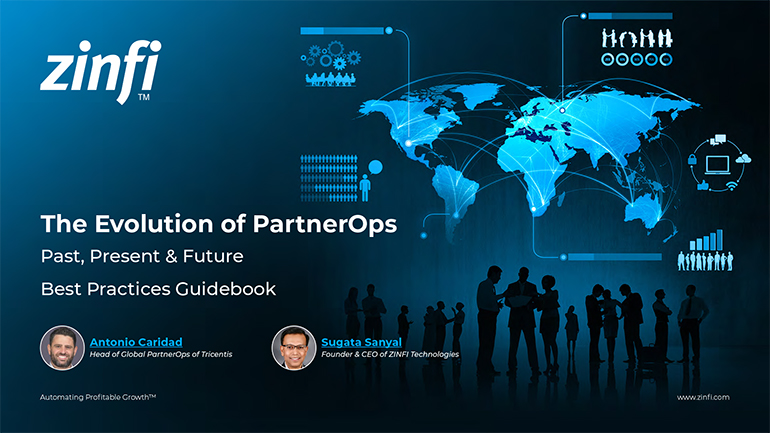HubSpot’s partner ecosystem is a cornerstone of its business strategy, driving customer growth and retention through a network of solutions and technology partners. Kelly Sarabyn explains how HubSpot’s partner-first approach has created a collaborative environment where ISV (independent software vendor) partners and solutions partners work together seamlessly to serve a diverse customer base. The ecosystem caters to SMBs and mid-market companies, with HubSpot’s DNA rooted in making its platform accessible and extensible for these businesses.
Over the years, HubSpot has evolved from a marketing automation provider to a comprehensive CRM platform, making it indispensable for businesses looking to scale. Its ecosystem supports this evolution by enabling partners to enhance HubSpot’s functionality through integrations and customizations. Kelly highlights the importance of collaboration within the ecosystem, where developers, agencies, and app partners contribute to solving customer pain points. This integrated approach ensures customers access tailored solutions that fit their unique needs.
The ecosystem’s success lies in its openness and accessibility. HubSpot provides extensive documentation, developer tools, and an academy to train partners. This inclusivity attracts many contributors, from large-scale ISVs like Gong and PandaDoc to smaller agencies specializing in digital marketing or RevOps. With over 1,500 app partners and thousands of solutions partners, HubSpot’s ecosystem demonstrates how a platform-led approach can drive mutual growth for all stakeholders.













